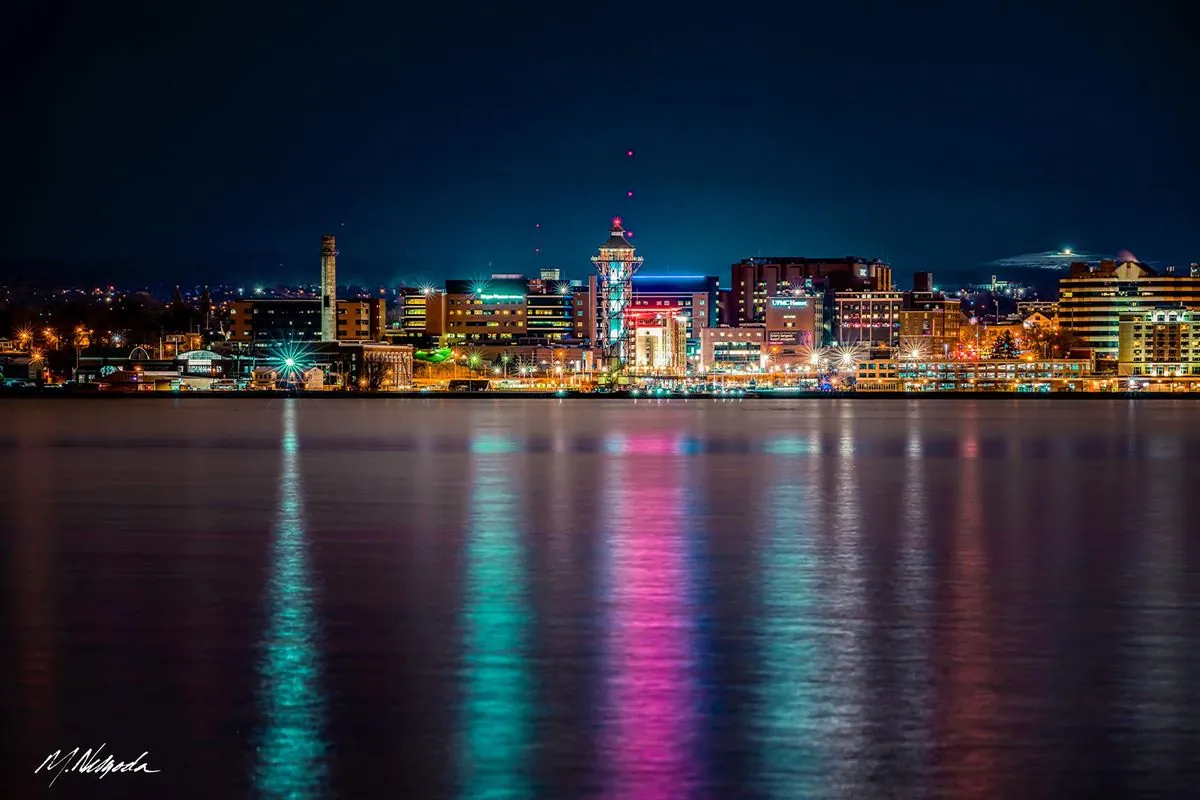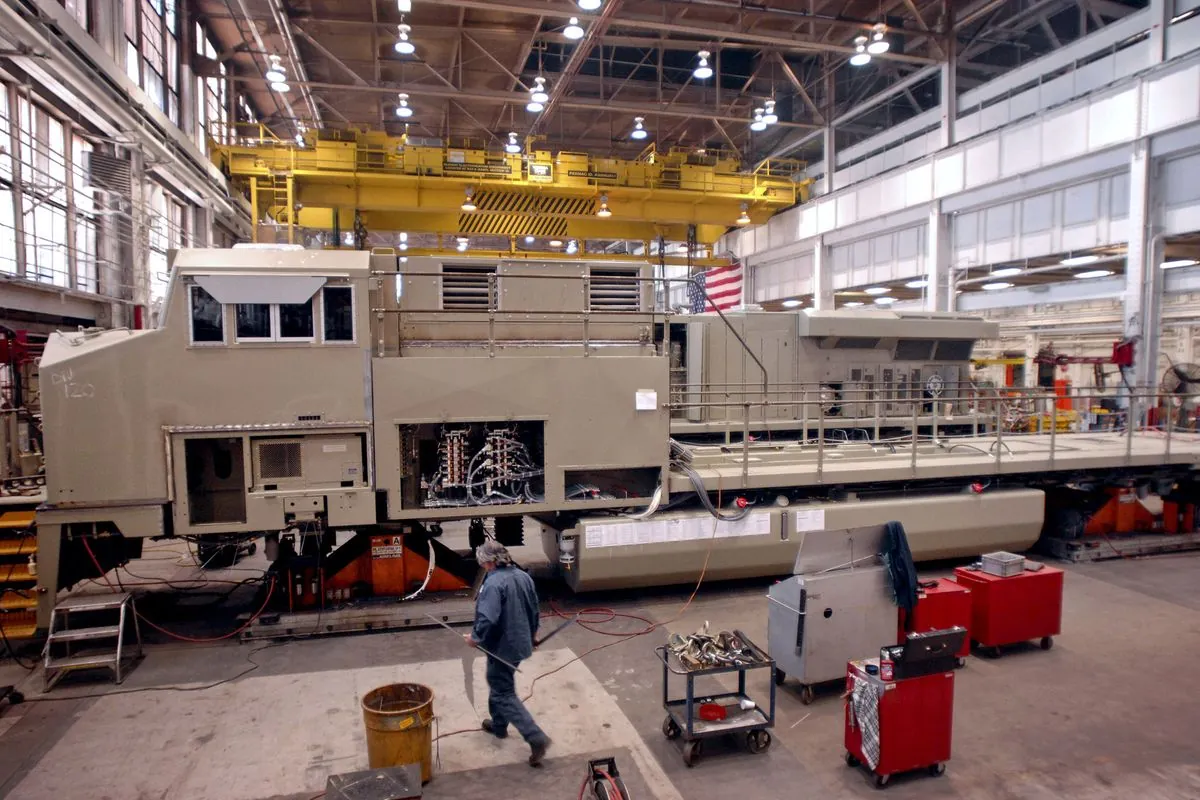Erie's Economic Struggle: A Microcosm of America's Uneven Growth
Erie, PA, faces economic hardships despite national positive indicators. Long-term manufacturing decline and population loss challenge the community, while recent developments offer glimmers of hope amidst persistent struggles.

In Erie, Pennsylvania, the economic landscape reflects a broader narrative of uneven growth across America. Despite national indicators suggesting economic progress, many residents of this lakeside city find themselves grappling with financial hardships and a sense of being left behind.
Esther Kendema, a 42-year-old mother of ten, embodies the daily struggle many Erie residents face. Working three jobs with minimal sleep, she strives to meet her family's needs in an increasingly challenging economic environment. Kendema's story is not unique in Erie, where the impact of long-term manufacturing decline and population loss continues to reverberate.
Erie County, once a reliable Democratic stronghold, has become a bellwether in recent elections, voting for Barack Obama, Donald Trump, and Joe Biden in succession. This voting pattern underscores the community's search for economic stability and prosperity, reminiscent of past eras.
The county's economic trajectory diverges significantly from national trends. While the United States has seen a 20% increase in total jobs since 2001, Erie County experienced a nearly 9% decrease. The manufacturing sector, which once provided over half of the county's jobs in the 1950s, now accounts for only 15% of employment.

Erie's challenges are representative of many "left behind" counties across the nation. These areas, comprising almost one-fifth of the U.S. population, have experienced significantly slower growth in population and household income compared to national averages between 2000 and 2016.
The city's economic landscape has been shaped by several factors:
- The rise of China as a global manufacturer
- Increasing automation in industries
- The 2008 Great Recession
- The COVID-19 pandemic
These events have contributed to the relocation of major employers and the downsizing of others. For instance, Zurn, a plumbing hardware manufacturer, moved its headquarters out of Erie in 2015. The once-thriving locomotive plant, formerly owned by General Electric, now employs only a fraction of its peak workforce under new ownership.
Despite these challenges, Erie has seen some positive developments. A new plastics recycling facility is moving forward, and Kyocera broke ground on a new manufacturing facility in spring 2024. Additionally, new amenities like an indoor golf simulator and a rock climbing gym have opened downtown.
However, these improvements coexist with persistent struggles. The expiration of pandemic-era benefits, including the expanded child tax credit in 2021, has pushed many families back into poverty. Median household income, adjusted for inflation, has fallen for three consecutive years as of 2022.
"We talk about being more divided than ever. I don't know if it's a Republican or a Democrat divide. It's a class divide. People are so desperate or they're inconvenienced. You're one or the other."
The economic strain is compounded by social issues. Drug overdose deaths in Erie County have more than doubled, with 435 fatalities recorded through July 29, 2024, compared to 207 for the entire year of 2019.
Despite these challenges, stories like Esther Kendema's offer a glimmer of hope. Having fled civil war in Liberia and resettled in Erie in 2008, Kendema's determination to provide a better future for her children exemplifies the resilience of many Erie residents. Her journey from a refugee camp to homeownership in Erie symbolizes the potential for progress, even in the face of significant obstacles.
As Erie continues to navigate its economic challenges, the city's story serves as a microcosm of the broader struggles and aspirations facing many American communities in an era of uneven growth and economic transformation.


































